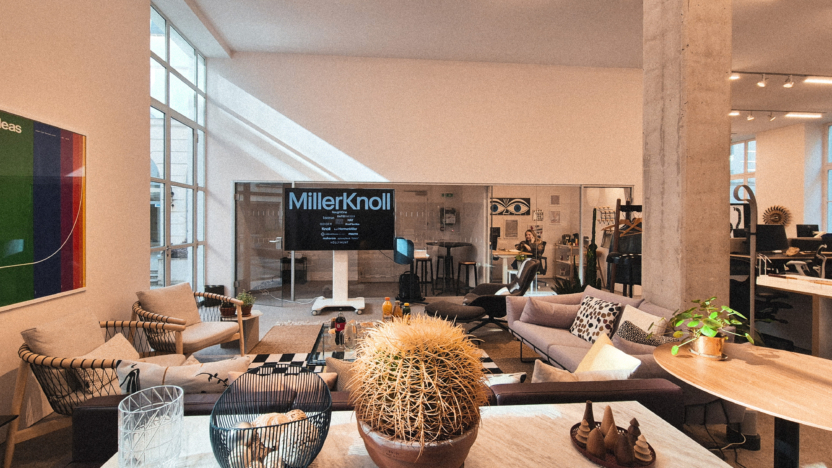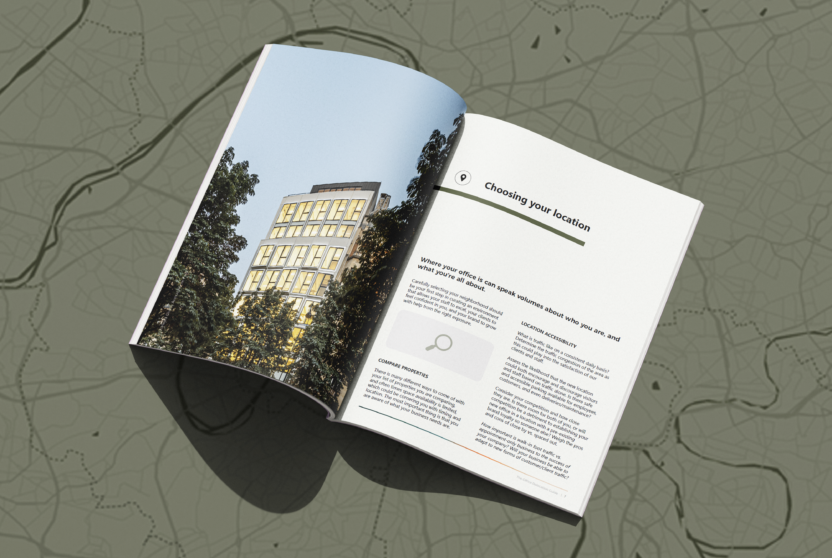Why employee well-being will define workplaces in 2025
20 February 2025 – 3 minutes to read
Employee well-being is no longer an HR buzzword—it’s a core business strategy. Companies that fail to integrate well-being into their workplace experience face rising turnover, disengagement, and declining performance. Workplace well-being has evolved beyond traditional perks and is now deeply tied to productivity, talent retention, and company culture. In 2025, organizations must rethink their approach to office design and employee experience to create environments that attract and retain talent.
The Evolution of Employee Well-Being in the Workplace
The concept of workplace well-being has changed dramatically in the past decade. It has moved from a focus on physical health to a more holistic approach that includes mental health, flexibility, and work-life balance.
” image graphique”
Gallup’s State of the Global Workplace 2024 reveals that 70% of employees in highly engaged workplaces report thriving well-being, compared to lower engagement workplaces where well-being is significantly lower. Companies that fail to enhance their workplace risk losing their best talent.
Why Employee Well-Being is Driving Office Design in 2025
As businesses recalibrate their workplace strategies, well-being is becoming a key driver of office design. The best workplaces now prioritize:
- Flexibility & options: employees want spaces that adapt to their needs. This means quiet zones for focus work, collaborative areas for teamwork, and relaxation spaces for recharging. Hybrid-friendly offices must accommodate both in-person and remote workers.
- Employee-centric work environments: the office should feel like a destination, not an obligation. It should be a place that employees remember and are eager to come back to. The most effective designs prioritize natural light, greenery, and spaces that encourage socialization.
- Mental health & inclusion: with 20% of employees experiencing daily loneliness office layouts must allow a balance between social interaction and the respect of personal boundaries. This includes wellness rooms, meditation spaces, and coffee shops.
- Technology integration: a frictionless workplace starts with a good use of technology. From easy room booking and navigation tools to reliable internet and smart collaboration platforms, technology eliminates daily frustrations. On the company side, data optimizes workspace usage, cleaning schedules, lighting, and air quality to enhance employee comfort.
What Companies Are Doing Differently
To tackle the current challenges, innovative companies are making bold moves in how they design and manage workplaces:
- Data-driven workplace adjustments: companies are using real-time occupancy and employee feedback data to adjust workspace layouts to cater to employees’ actual needs.
- Focus on hospitality-inspired offices: more organizations are adopting a hospitality mindset—offering concierge services, curated office experiences, and premium workspaces to entice employees back.
- Well-being as a measurable KPI: employee well-being is now measured alongside traditional performance metrics. Some even tie executive compensation to well-being outcomes. According to Gallup’s study, employee engagement is directly tied to reduce absenteeism (78%) and lower turnover (21% in high-turnover industries and 51% in low turnover ones).
- Workplace experience teams: HR is no longer the sole owner of well-being—dedicated workplace experience teams now ensure the office is an engaging, productive place to be.
How Global Companies Address Well-Being Across Different Markets
For multinational companies, ensuring employee well-being across different locations presents unique challenges. Expectations around work-life balance, flexibility, and workplace culture vary widely from country to country. While employees in the U.S. may prioritize hybrid work and personal autonomy, those in Japan might value structured office environments with strong in-person collaboration. Similarly, European countries often emphasize employee rights and workplace wellness programs, while other regions might focus more on practical office functionality.
To create a cohesive yet adaptable well-being strategy, global companies must balance consistency with local customization. Setting overarching principles ensures alignment with corporate values, but the execution must be thought out to fit local needs, regulations, and cultural expectations. This means understanding regional workplace norms, adjusting office designs to suit different workstyles, and ensuring that well-being initiatives remain relevant and impactful across all locations.
Workplace well-being is no longer a “nice-to-have”—it’s a business imperative. The companies that invest in well-being-centered workplaces will not only attract top talent but also see measurable gains in productivity, engagement, and innovation. At ARCH.DESIGN, we help international companies understand these complexities by designing workspaces that reflect both global best practices and local realities. Whether adapting office environments to cultural differences or optimizing hybrid work strategies, we ensure that well-being remains at the core of workplace transformation—wherever your teams are based.
(CTA contact us)
Data from Gallup State of Global Workplace report 2024


